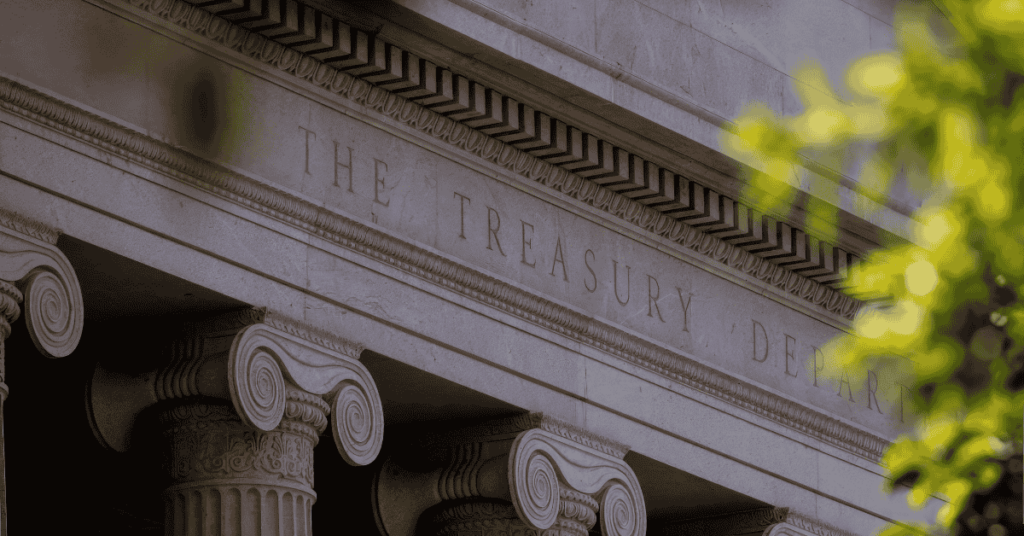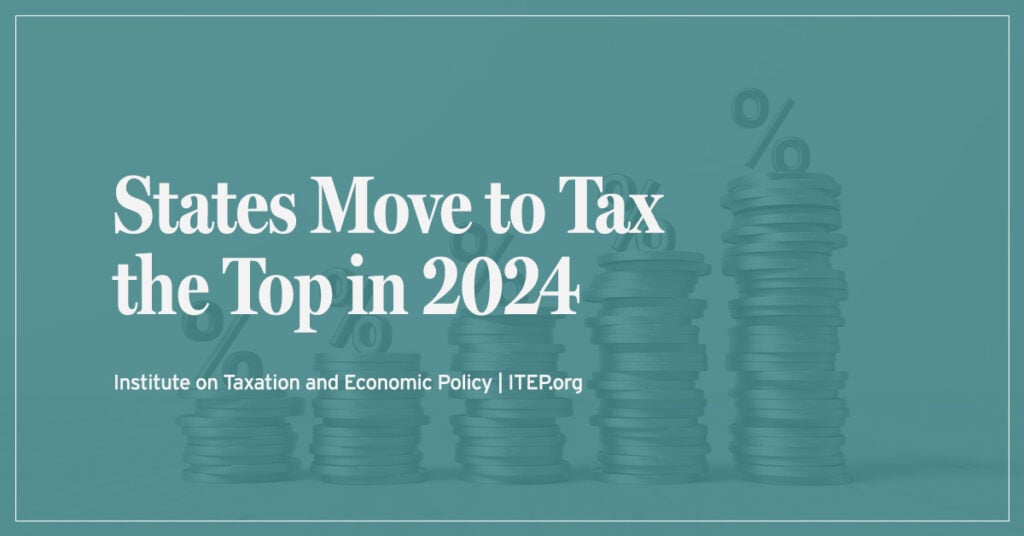(http://artvoice.com/issues/v12n50/news_analysis)
by Bruce Fisher
The gift economy of New York State
In this glorious season of new-fallen snow, warm hearths, and extra hugs, one recalls times past though today’s insanities keep us busy. In our house, away from new reports about public handouts to very rich people, we escape into traditions, and replenish them, too. We haul out the choo-choo trains to put around the tree, and we play an ancient Dylan Thomas recording of his own reading of “A Child’s Christmas in Wales,” and then we eat like peasants suddenly rich, which is what most Americans are. Fifty years ago, we were more like real peasants: Like most, the Depression lingered on in everyone’s behavior. Boomers experienced a distinct class divide between those whose parents were GI Bill collegians and first-time homeowners, and those who’d been off the farm or off the boat for a far longer time. Class differences became very pronounced at Christmas-time in our sub-community, when the lake-shore dwelling Episcopalians came into our little village church for the festivities. In the childhood reckoning, the rich, with their old houses and big cars and very different manners, with their very visible donations compared to our silver in the collection plate, were what we called “Christmas people.”
That should have been the title of the new report from a former Rockefeller Institute researcher and a John Jay College professor. Donald Boyd and Marilyn Rubin counted up all the handouts to businesses in New York State and then impolitely asked where all the jobs are that those handouts were supposed to guarantee. The handouts were real, the jobs not. This year, New York State taxpayers will directly and indirectly give a relatively few corporations, partnerships, and other businesses over $1.7 billion. Overall employment in New York State has actually fallen in the nine-year period the study covers.
This is true everywhere: The study, like so many before it, going back to work we did back in the mid-1980s for the Corporation for Enterprise Development, Citizens for Tax Justice, and the Institute on Taxation and Economic Policy, has been consistent: State tax breaks and handouts simply do not work to create new economic activity.
But here is the daunting reality for every governor and every state legislator today: It’s a stand-and-deliver system. States all have to stand and deliver. Your state will lose enterprises that employ people to other states, whose personnel—some of them sales-people who get actual commissions for poaching businesses—unless your state delivers the goods. And forget about redeveloping a brownfield anywhere in the United States unless there’s a cash bonus for doing so.
Paying for the privilege
The justification for this system is “retention,” and the real-estate development industry really thrives on this. Here in Buffalo, if an existing firm is big enough and wants to find new space, and can make a credible case that it will expand or—shakedown alert!—won’t leave for another state, there will be a public subsidy to keep that firm here. That’s how it works for a big manufacturing outfit like Boeing, which successfully pits states against one another in a bidding war for benefits to see which one will ge the new plant. That’s how it works for Delaware North, which, despite protests, teamed with a local real estate developer to get taxpayer subsidy of a new suite of offices just down the street from its current location.
But we know this already. What’s curious about the new study, though, is that it’s not in any way going to become a part of the political conversation in the way it might have a generation ago—when the class divide may have been visible at Christmas, but is now on display, in our faces, every day.
It’s just so damned blatant now. There’s another new report, from a gubernatorial advisory committee on taxes. The commission is co-chaired by a Republican former governor and a Democratic former comptroller, and it’s got some remarkably good ideas in it—though the framing overall is that reducing property taxes is absolutely necessary in order to make New York more business-friendly. The report on taxpayer subsidies to businesses isn’t getting much attention, and the cut-our-taxes report was as predictable as the arrival of dawn this morning. What’s so striking now is the unspoken premise of both: that economic globalization is a reality, and that we have no choice but to conform if we’re going to survive.
The sum is this: The yield of capital investment must be protected, and the owners of capital must be shielded from taxation, so that they don’t move their capital out of here to someplace else where the yield will be higher. So rather than our antique, quaint, Currier-and-Ives portrait of aristocrats coming to the village church to deliver Christmastime donations, they’re here, in every season, to select coins from the collection plate.
Hallelujah!
Meanwhile, back in Rome
It’s perhaps an amusing coincidence, if it weren’t so alarming, that the reports pile up on how much richer the American rich are getting, and how the federal and state tax systems work to transfer ever-more public funds to the plutocracy—at the very same time that the movement for a steady-state or non-growth economy gains more intellectual momentum. Funny this way, anyway: in Upstate New York, and in other non-growth areas of the United States (think Rust Belt, think NFL cities where the public hands out massive subsidies to absentee owners), we already have steady-state, non-growth economies.
That’s not quite what the Club of Rome theorists had in mind when they issued their report, back in 1972, entitled “The Limits of Growth.” We observe our strange American system, undisturbed by critical analysis, that rewards accumulations of capital, and that endeavors in many regions to shift the burden of public services and systems to wage-earning consumers. The folks who advocate for a smaller global economy are focused on what they call “the carrying capacity” of the planet. The recently revised “Limits of Growth” report, and the subsequent conferences and updates from the Club of Rome, the Biophysical Economics Association, and the “de-growth” movement, have a peculiar resonance in the snowy zones of the Rust Belt, where we clamor for the very growth that these planetary-scale worriers say might kill us all.
These are two parallel discourses now. Our local and state elected officials are commited to a framework in which their activities are measured by their success or failure in at least retaining current levels of employment, with all ever hoping for positive numbers, even as globalization makes our post-Depression thinking, our peasant-uplift mindset, ever more distant from our experience. The folks who track the trend-lines on natural resources, including especially energy, fresh water, untainted food, arable land, minerals, etc., see a frightening future hitting everywhere in about 30 years, and perhaps sooner, when economic growth, or even the current level of economic activity without any growth, will have delivered a death-blow to human life as we know it.
So in this season of giving, as our elected officials keep doing what they think they absolutely need to do just to keep the economy here going at least at its current pace, it’s difficult to know, precisely, how to be most charitable, or generous, or like the Christmas people of old. Should we be generous to our children by ending our system of charity to the wealthy so that more recently-former peasants can eat like lords, and so doom the planet? Or should we keep our system of handouts to the rich, so that our workforces continue to shrink and our local economies continue to stay in the steady-state that Boyd and Rubin et alia point out that they’re in?
Bruce Fisher is director of the the Center for Economic and Policy Studies at Buffalo State College. His recent book, Borderland: Essays from the US-Canada Divide, is available at bookstores or at www.sunypress.edu.




